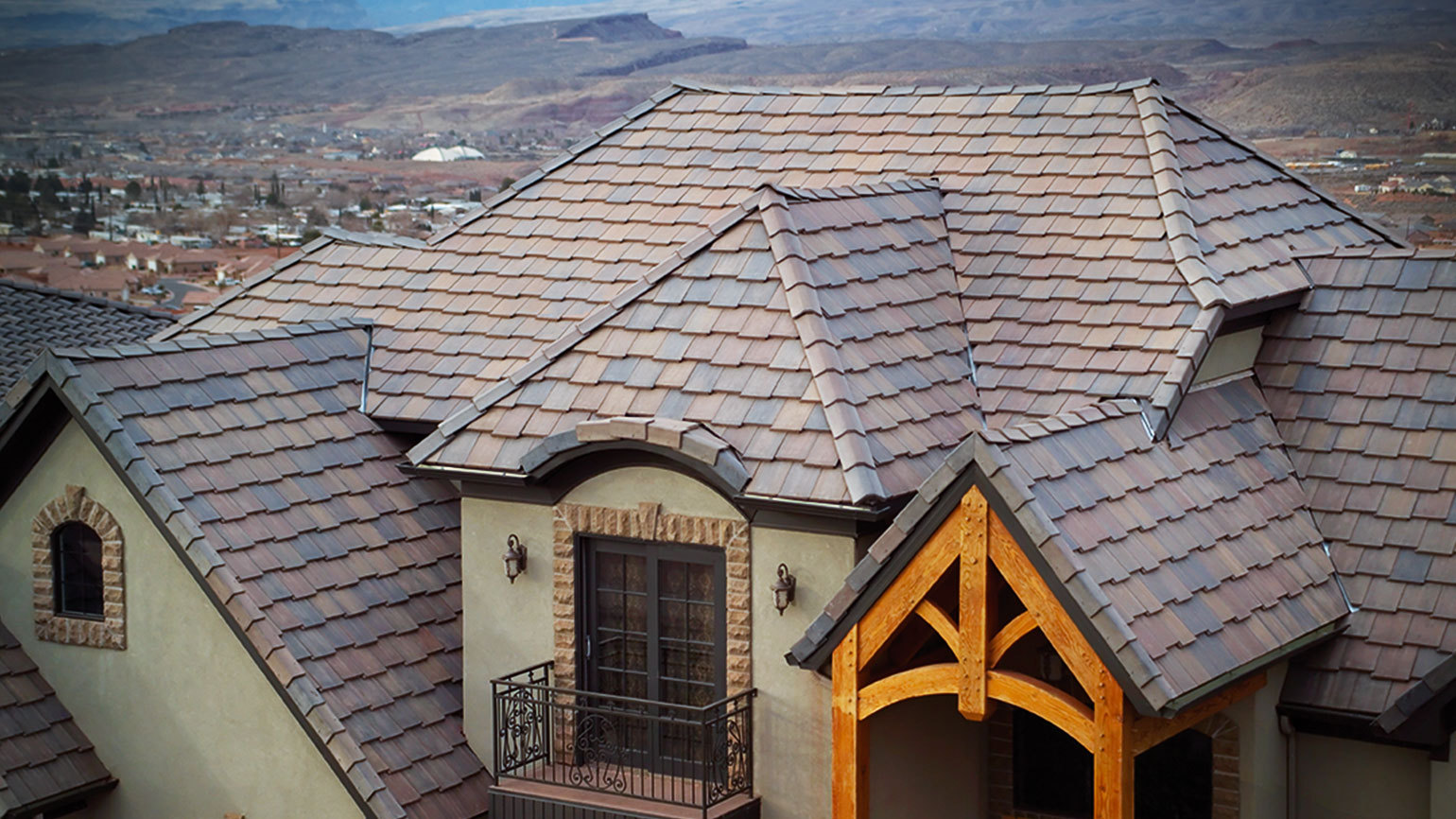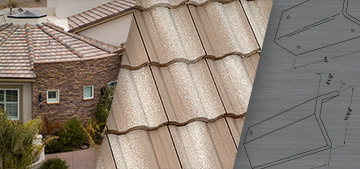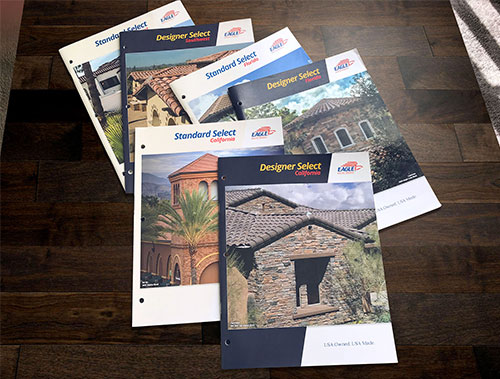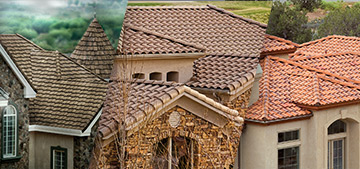Ever wonder what all those complex roofing terms mean? If so, we’ve put together a list of commonly used terms and phrases used in the roofing industry. Eagle Roofing would like to help homeowners and new contractors better understand the industry along with the materials involved.
Square
A square is a unit of roof measurement covering 100 square feet. For example, a roof that is 200 square feet is equal to 2 roofing squares.
Roof Pitch
A roof pitch is a numerical measurement of the steepness of any given roof. It is the ratio of the rise of the roof, in inches, to the span of the roof, in feet.
Steep Slope – Generally all slopes higher than 4:12 are considered steep slopes.
Low Slopes – Roof pitches less than 4:12 are considered low sloped roofs.
Trim Tile*
Trim tile* is the most efficient and attractive way to complete your roof. Each trim tile is specifically designed to complement an individual tile profile. Most roofs will require at least two different types of tile: standard field tiles, hip and ridge tiles. Depending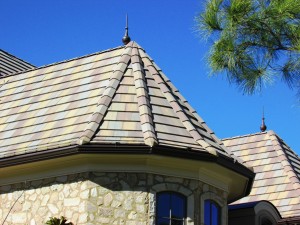 on the type of tile profile being used (Capistrano, Malibu, or Flat) rake, hip, and ridge pieces can be different.
on the type of tile profile being used (Capistrano, Malibu, or Flat) rake, hip, and ridge pieces can be different.
Ridge – The uppermost, horizontal external angle formed by the intersection of two sloping roof planes.
Hip – The inclined external angle formed by the intersection of two sloping roof planes. Runs from the ridge to the eaves.
Rake Edge – The sloped edge of a roof that is at or adjacent to the first or last rafter.
Hip Starter – A trim tile designed as the bottom end tile installed at the end of the hip.
* Trim tile is also considered to be an accessory piece in a roof tile system, just like a Boosted piece.
Valley
The valley is an area where two adjoining sloped roof planes intersect on a roof, which creates a “V” shaped depression. This shape allows water to channel off of your roof and protects it from water damage. A poorly designed valley can quickly lead to puddling and significant damage to the underlayment, which can also cause wood rot in the roof deck or structural members.
Eave Closure
An eave closure is a metal riser that has holes, called weep holes, which allow any moisture to exit the roof. Also known as “bird stop”, these closures help block any infestations from vermin and birds alike. When installed properly, an eave closure can elevate the tiles at the eave to the proper height, and give your concrete tile roof the perfect finished look.
*There is also ventilated eave closure that has specially designed openings that allow air to flow in at the eaves and under the tile to help cool the roof.
Underlayment
All concrete tiles must have an underlayment to protect the roof from leaks and other damage. An underlayment provides a secondary level of protection from deterioration, moisture, and leaks that can directly affect your roof deck. While tile is ultimately your first line of defense, choosing the right underlayment is essential for longevity and performance.
Boosted
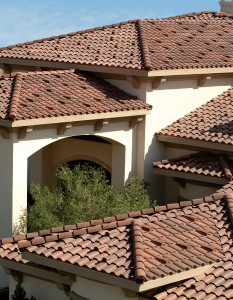 Achieve the authentic look of a mortar-boosted clay tile with boosted accessory pieces. These individual boosted pieces are available in a wide range of colors and are intended to create a rustic look, that will stay strong for a lifetime.
Achieve the authentic look of a mortar-boosted clay tile with boosted accessory pieces. These individual boosted pieces are available in a wide range of colors and are intended to create a rustic look, that will stay strong for a lifetime.
*For best results, mix your Boosted color and base color as this will add to the authenticity of your roof.
Flashing
Flashing is a waterproof material that can be installed at roof transitions and around any penetrations through to the roof deck. Properly installed flashing prevents water, snow, and debris from entering joints where the walls meet the roof deck. Critical areas, such as intersections of different sloped roof decks at hips & valleys as well as junctions or penetrations such as walls, chimneys, skylights, vents and plumbing pipes, must be properly flashed to keep the system watertight.
For more information on Eagle Roofing Products’ technical specifications and/or code approvals, visit: https://eagleroofing.com/technical-specifications/
